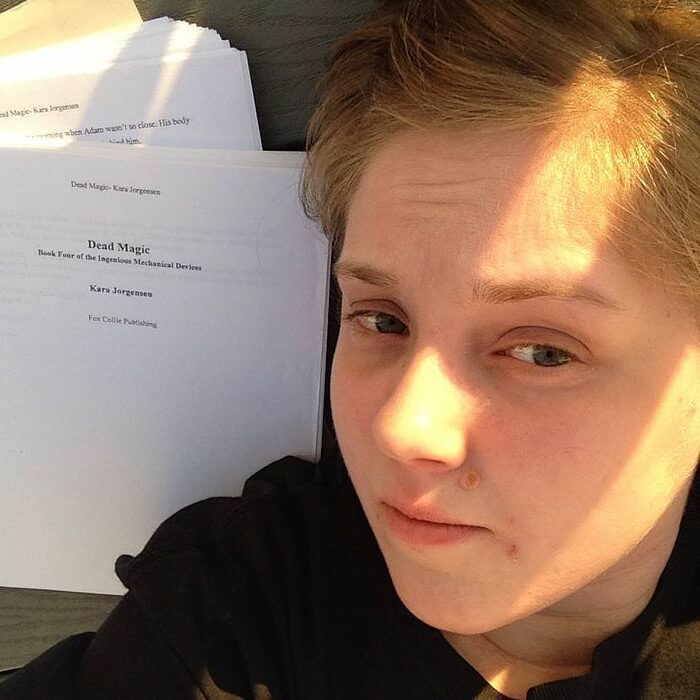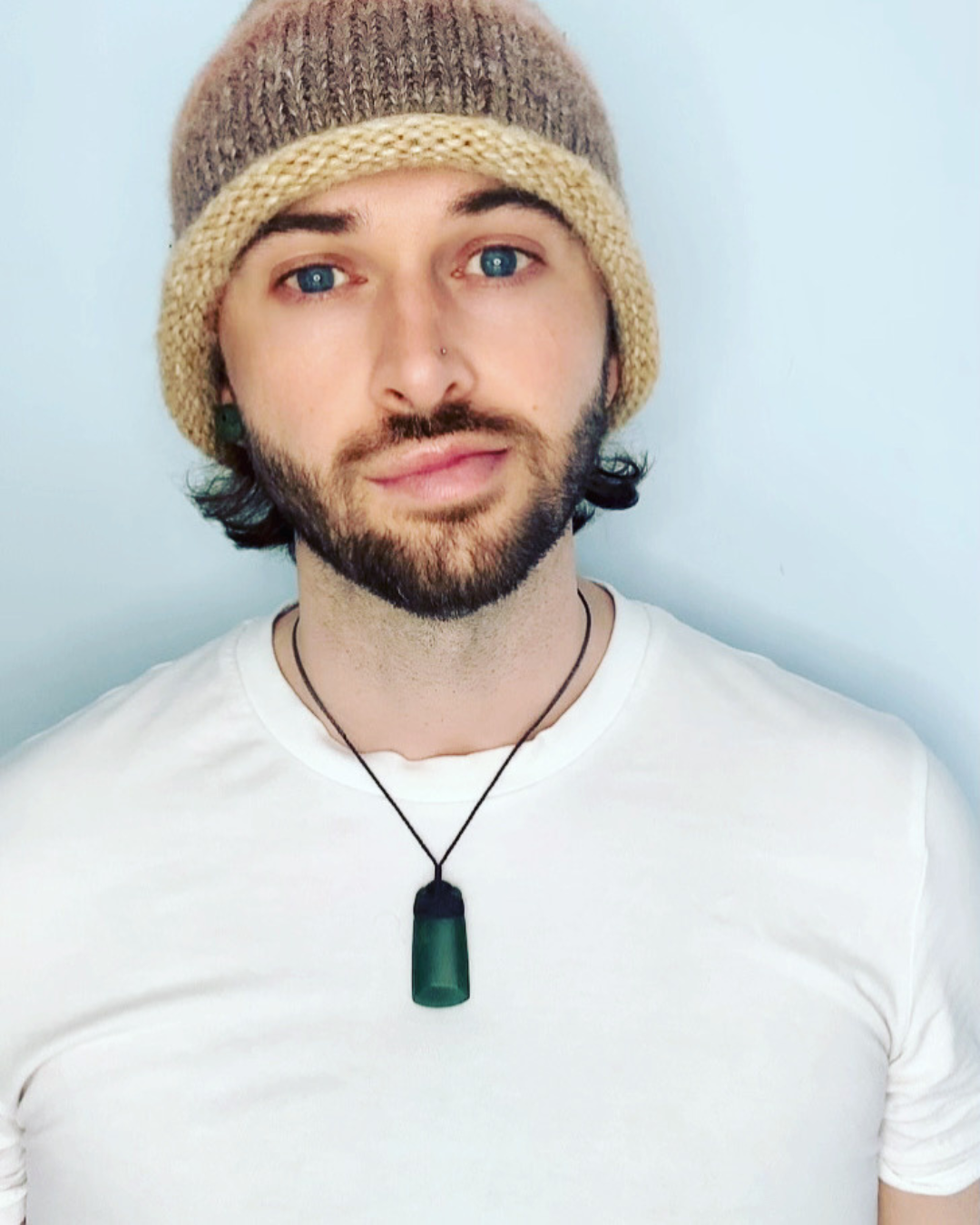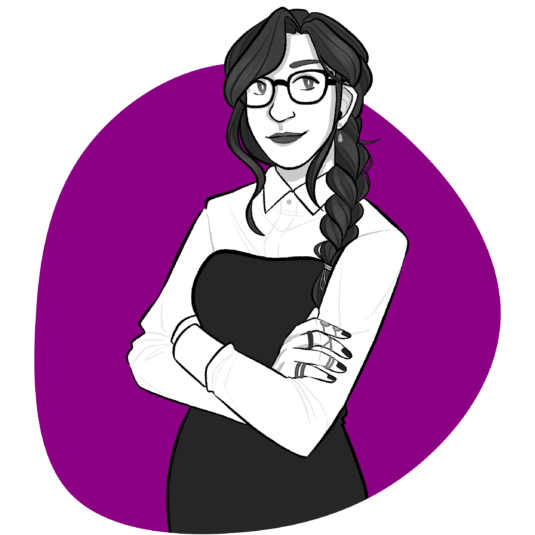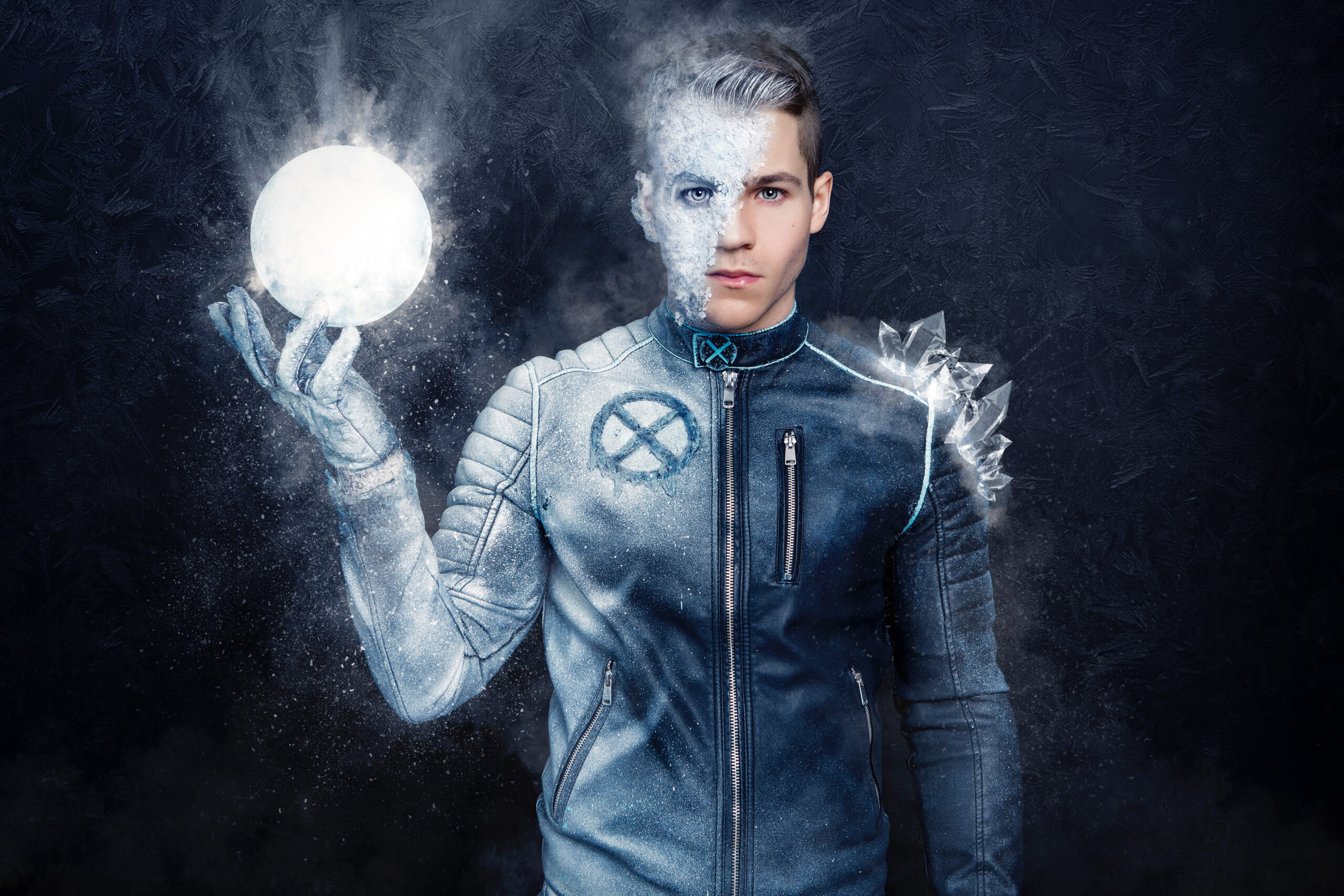
by Jason Kivela | Nov 15, 2023 | Blog
Kara Jorgensen (they/them) is a queer, nonbinary oddball with a penchant for all things antiquated, morbid, or just plain strange. While in college, they realized they no longer wanted to be Victor Frankenstein but instead wanted to write like Mary Shelley and thus...

by Jason Kivela | Oct 24, 2023 | Blog
Rory Michaelson (they/them) is the author of the multi-indie-award winning Lesser Known Monsters books, a queer dark fantasy series with a diverse found-family cast. Rory is always too busy but rarely doing the things they ought to be. They are generally a solitary...

by Jason Kivela | May 3, 2023 | Blog
Lionel Hart (he/him) is an M/M fantasy romance author based out of the San Diego area. Twitter: @lionelhart_ TikTok: @author.lionelhart Facebook: Lionel Hart, AuthorWebsite: lionelhart.ink First of all, welcome to Geeks OUT! Could you tell us a little about...

by Jason Kivela | Apr 6, 2023 | Blog
Michele Kirichanskaya is a first-generation Ukrainian Jewish American writer and journalist born and raised in Brooklyn, New York. A graduate of the New School MFA Program and Hunter College, they have written content for platforms such as Geeks OUT, Catapult, Bitch...

by Jason Kivela | Apr 3, 2023 | Blog
Michael Hamm is a geek, model, Cosplayer, and social media personality from the beautiful city of Halifax, Nova Scotia. Spending his entire life surrounded and obsessed with comic books, cartoons, and action figures, Michael’s passion for geekdom hit a peak when he...






